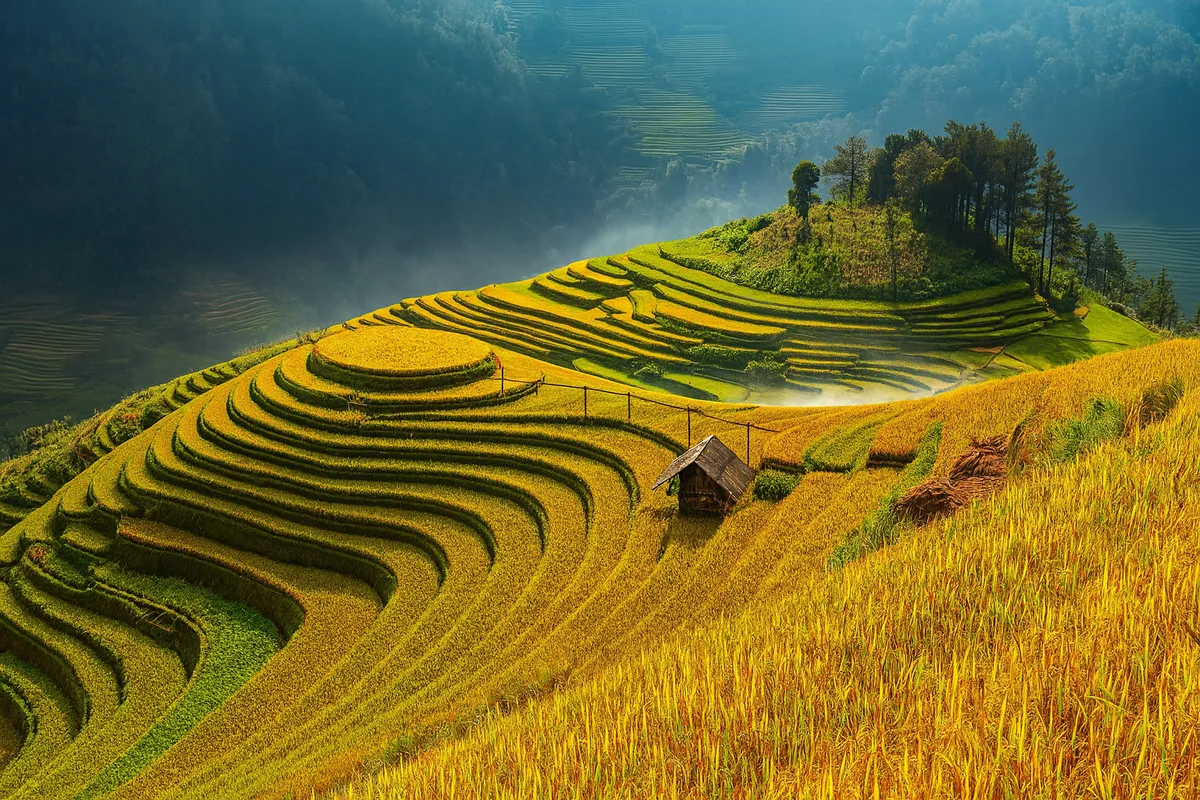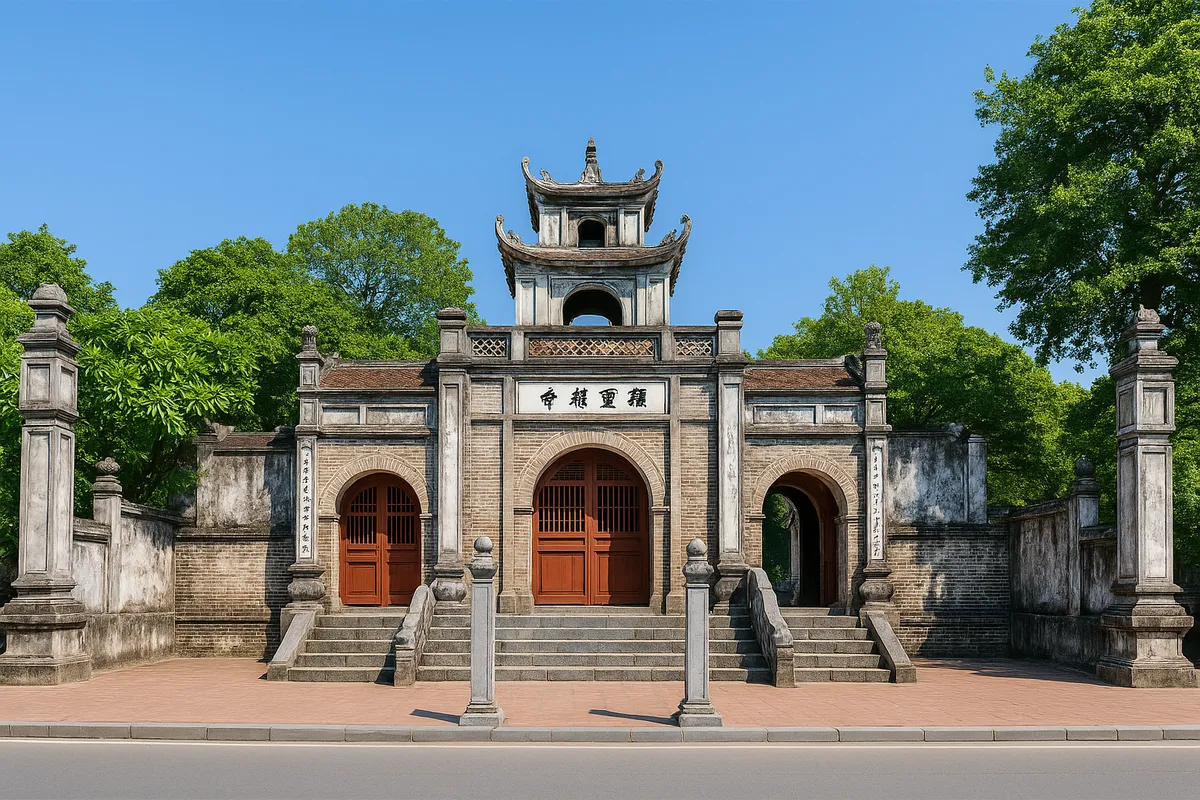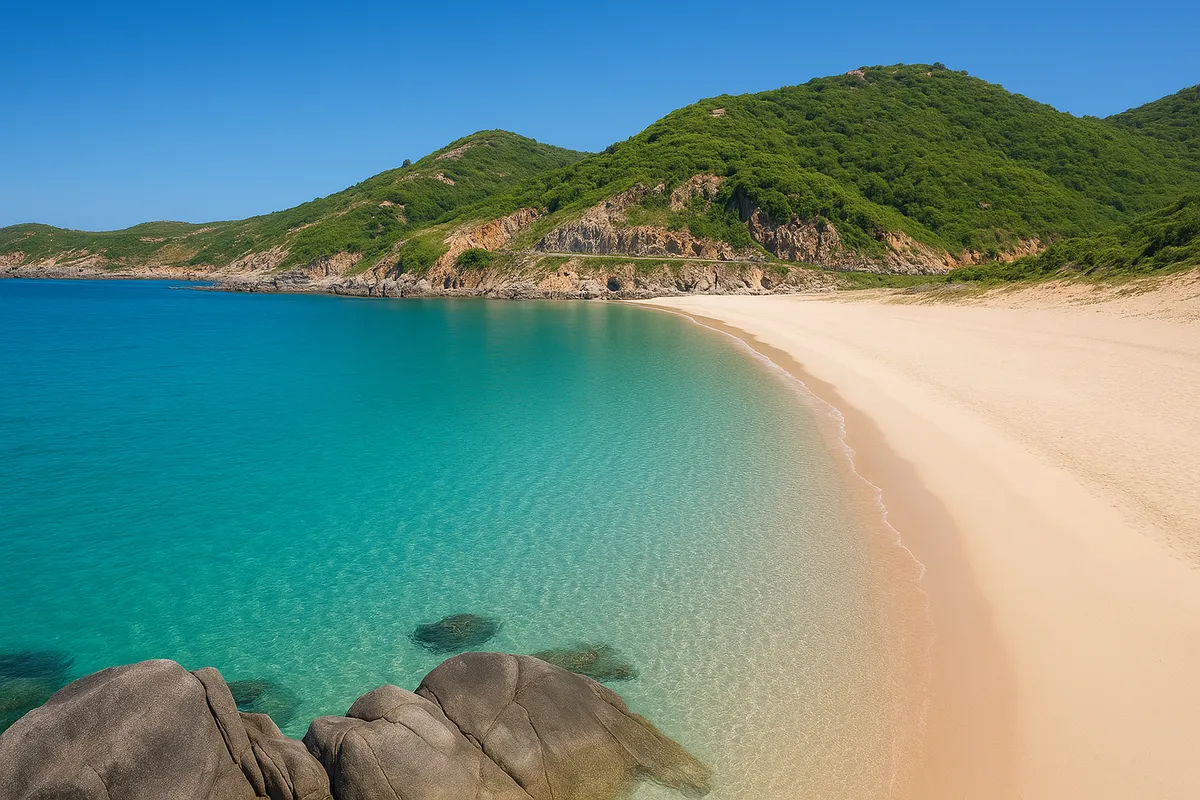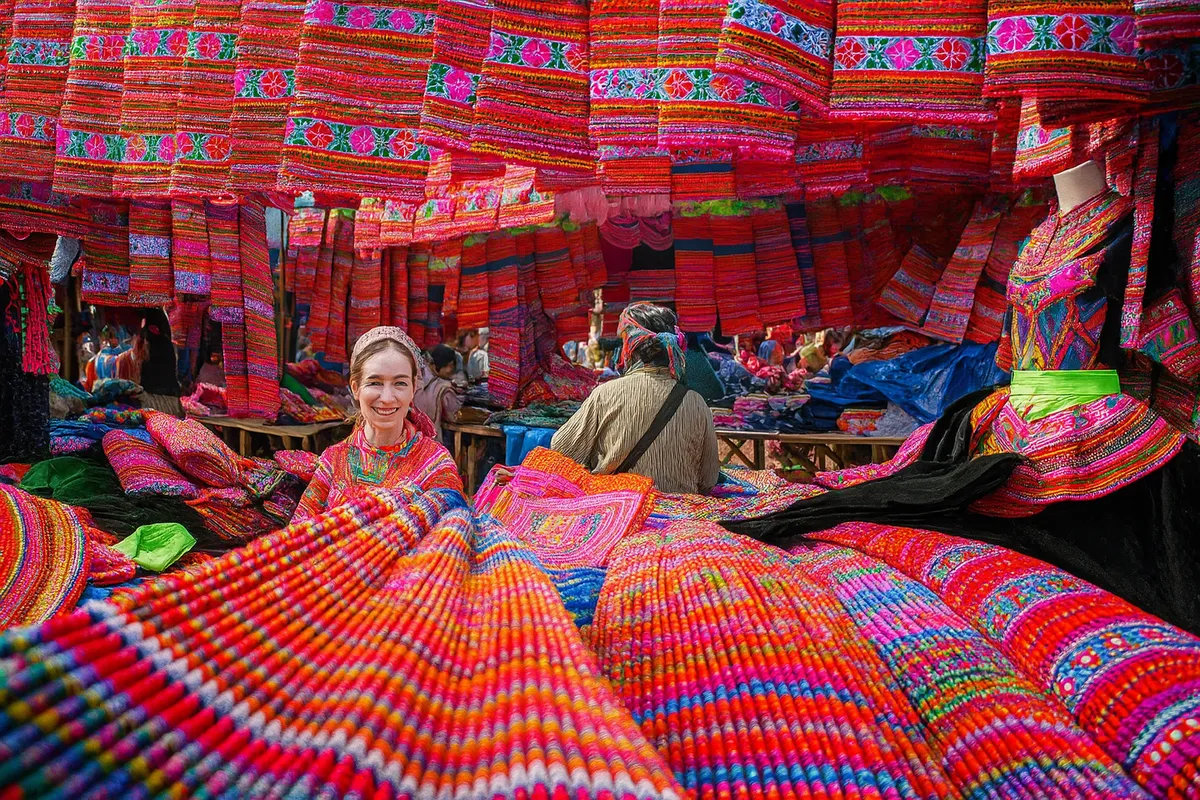Mu Cang Chai travel experience and unexpected tips
- Thursday, Jun 26, 2025, 21:41 (GMT+7)
Mu Cang Chai travel experience and unexpected tips
Nestled among the towering peaks and deep valleys of Vietnam’s northwest, Mu Cang Chai is not just a destination but an emotional journey. Its terraced rice fields are not merely the result of labor but living works of art, shaped by the rhythm of the seasons. Yet to fully experience this place requires the right knowledge, the right time, and the right way to feel its essence.
Getting to Mu Cang Chai is not effortless. From Hanoi, the journey spans around 300 kilometers and can be daunting without proper planning. Sleeper buses from My Dinh to Mu Cang Chai cost between 250,000 to 350,000 VND per trip and take about 7 to 8 hours. Opting for an overnight ride can save both time and energy. For those who favor scenic routes, traveling by motorbike or private car is ideal, especially if passing through Nghia Lo and Tu Le to enjoy the cloud-wrapped Khau Pha Pass at sunrise. A practical tip for first-time travelers is to spend the night in Nghia Lo or Tu Le to rest before tackling the mountain passes in the early morning when traffic is lighter and conditions are safer.
Mu Cang Chai is known for its iconic terraced fields, but its culinary identity is equally captivating. While many have heard of Tu Le green rice flakes, few know that they are best when freshly harvested and prepared in the early morning using stone mortars. Grilled stream fish wrapped in dong leaves, bamboo-cooked sticky rice, and smoked buffalo meat are all local specialties. Yet not all eateries prepare them well. Ask locals for recommendations and you may be directed to hidden gems like Páo’s kitchen in La Pan Tan, famous for jungle vegetable soup and colorful sticky rice made only on market days. Locals here value trust deeply, so if you book a meal in advance and show up on time, you’ll be treated like family.
When it comes to lodging, there’s no one-size-fits-all in Mu Cang Chai. Travelers seeking basic comfort and accessibility can find budget-friendly guesthouses and homestays such as Muong Hoa or Mui Ne Homestay, typically priced from 250,000 to 500,000 VND per night. For nature lovers, camping on Mam Xoi Hill offers an unforgettable experience. Although prices range from 600,000 to 1,000,000 VND per night, the reward is a private sunrise view atop the terraced fields. It’s recommended to bring a personal sleeping bag and thermal clothing, especially from October onward, when temperatures at night may drop to 13 or 15 degrees Celsius.
If you only come to see the fields, you may miss the soul of Mu Cang Chai. During harvest season, consider joining a local Hmong family for a day in the fields. Not everyone is open to visitors, but if you ask respectfully and lend a hand, you’ll be invited to share their simple meals and hear their stories—told through gestures, smiles, and warm hospitality. In the season of pouring water (May to June), the fields reflect the sky like silver mirrors, making every photo look like a painting. In winter, though less visited, the forests turn red, and grilled meat by a wood fire draws friends together through long, chilly nights.
For photography enthusiasts, Mam Xoi Hill is a must-see. But not many realize that the best lighting is between 6:00 and 6:30 AM when the rising sun grazes the terraces with golden rays. A wide-angle lens helps capture the full scene, and including a farmer in the frame adds depth and emotion. A lesser-known but equally stunning spot is De Xu Phinh village, where terraced fields ripple like mountain fingerprints. It’s quiet, untouristed, and best shot between 3:00 and 4:00 PM when the sun strikes across the slopes at a dramatic angle.
Another detail often overlooked is motorbike rental. During harvest, locals prioritize their bikes for transporting crops, so availability becomes limited. Booking in advance or renting from Nghia Lo is a smarter choice. Rental prices range from 150,000 to 180,000 VND per day. Always fuel up in the town center as gas stations are rare in remote villages. Also, don’t let the sun fool you—paths can be slippery, especially after a night of rain. Sturdy shoes with good grip or even waterproof boots are essential if you plan to trek or walk through the paddies.
At popular spots like Mam Xoi Hill or Khau Pha Pass, parking fees or refreshments may cost more than expected. But rather than bargaining, understand that these fees support local livelihoods. Prepare your own snacks and water for both budget and convenience. If shopping for local goods such as forest honey, doi seeds, Tan sticky rice, or handwoven hemp cloth, go to the Sunday morning market in Mu Cang Chai town. Prices are not fixed but are fair in the highland way. One helpful tip is to be accompanied by someone who speaks the Hmong language or ask for an introduction from a local to avoid buying imitations or tourist-priced items.
Mu Cang Chai is not for the hurried traveler. Each season here unfolds a different facet of nature, culture, and people. To truly understand it requires patience—enough to listen through the swirl of a traditional skirt, the steam rising from a communal meal, and the gentle fog rolling over stone steps. When well prepared and open to discovery, Mu Cang Chai rewards visitors with something that lingers long after the trip ends.

 CHECKIN.VN
CHECKIN.VN








Share on